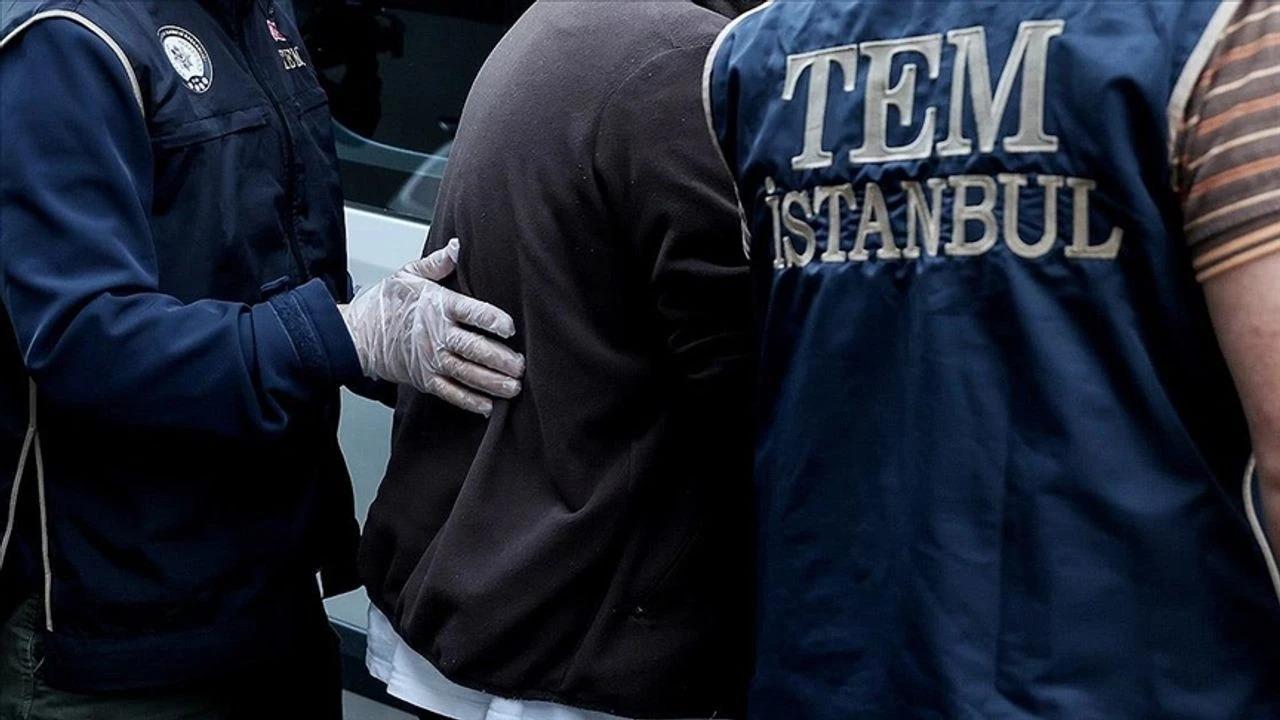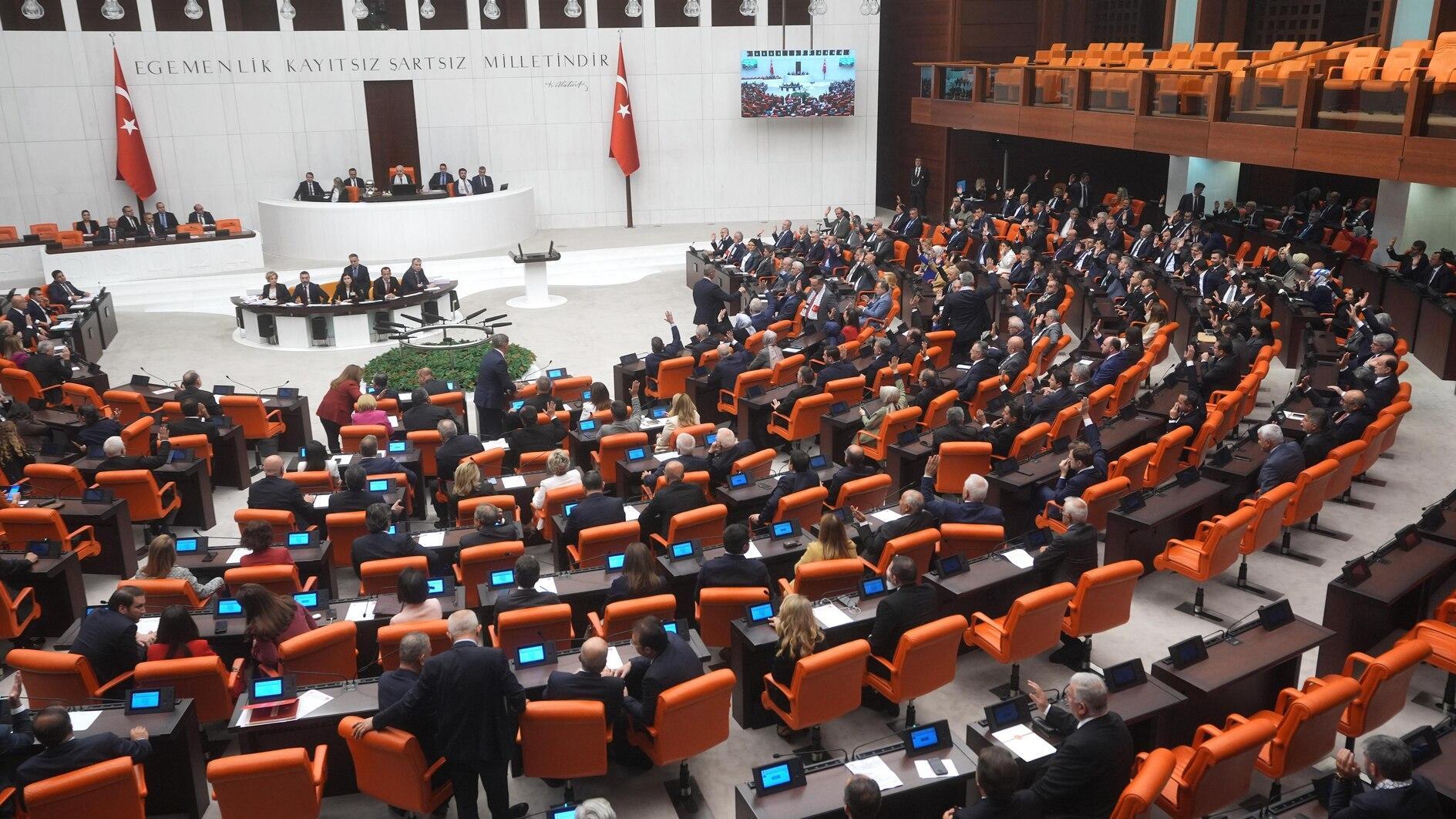Restoration team ‘checks pulse’ of 170-year-old building
ERZURUM

In an effort to ensure the structural integrity of a historic building in the eastern province of Erzurum, a scientist has embarked on a comprehensive study using the latest techniques to measure the building's response to seismic activity.
Situated in Erzurum’s Yakutiye district, the building, which is thought to date back to the 1850s, was converted from a church to a mosque in 1998 and is now called the "Fetih Mosque,” witnessed numerous earthquakes over the years. Dr. Dilek Okuyucu, a faculty member of Erzurum Technical University's Faculty of Engineering and Architecture, has strategically positioned sensors around the structure to meticulously monitor its movements. These sensors will provide invaluable data to predict how the building might react in an earthquake.
We all have a pulse, and so do buildings," Okuyucu explained. "This 'period' or oscillation time varies for each structure and is critical for understanding its behavior during seismic events." By taking a metaphorical “ECG” of the building, Okuyucu and her team aim to gain insights into its vibrational characteristics and potential vulnerabilities.
Undergraduate and graduate students are actively involved in this groundbreaking study, gaining hands-on experience in structural analysis and preservation efforts. Their participation underscores the interdisciplinary approach necessary for safeguarding cultural heritage.
Structural vibrations during earthquakes are a natural response of buildings, yet detecting internal damage is often challenging. Okuyucu emphasized the importance of these measurements in identifying hidden structural issues, citing previous studies on landmarks like the Atatürk House in the southeastern province of Malatya and the Pehlivanlı Bridge in Erzurum’s Uzundere district.
The findings of this investigation will not only guide the forthcoming restoration efforts but also contribute to the broader understanding of structural dynamics in historical buildings. Okuyucu stressed that restoration goes beyond surface-level aesthetics; it must prioritize preserving the building's structural integrity.
"Restoration is not just a makeover. First of all, the statics of the building must be preserved. We think that the measurements made here will give us important information," she said.
Okuyucu said that university’s initiative exemplifies proactive measures to protect cultural heritage through rigorous scientific research and collaborative efforts between academia and restoration practitioners.
















